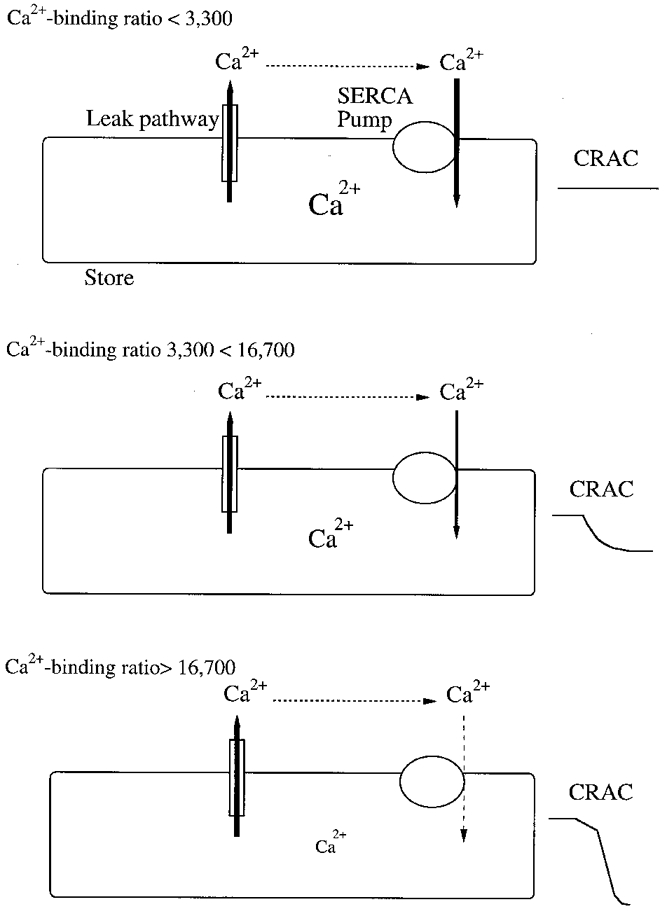Figure 5. Cartoon summary of interaction between leak and reuptake.

Top panel shows that Ca2+ efflux from the stores can be balanced by SERCA-mediated reuptake at a cytoplasmic Ca2+ binding ratio < = 3300 (corresponding to an EGTA concentration of < = 0.5 mm). Although the Ca2+ content of the stores may have fallen, ICRAC has not activated. Following exposure to moderate cytoplasmic buffers (0.5 to 2.5 mm, Ca2+ binding ratio 3300 to 16 700), SERCA pump activity decreases somewhat (depicted by the thinner arrow) and cannot fully compensate the continuous Ca2+ leakage from the stores. ICRAC activates to a submaximal extent and this is manifested as the typical monophasic current (middle panel). In the presence of high concentrations of chelators (> = 2.5 mm), pumps are initially operational, but then cease to function (dashed arrow). This results in full and uncompensated efflux of Ca2+ from the stores. Under these conditions, the majority of cells generate the biphasic ICRAC which develops to reach the maximal amplitude possible (bottom panel). In this model, we are considering only the effects of introducing Ca2+ chelators in their free form into the cytosol. Our analysis does not extend to the situation where mixtures of Ca2+-bound and free chelators are added simultaneously to clamp cytosolic Ca2+ at a predetermined value.
